47+ SAMPLE Staffing Plans
-

Equal Employment Staffing Plan
download now -
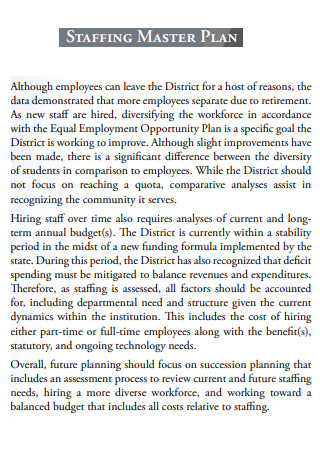
Staffing Master Plan
download now -

Organizational Job Staffing Plan
download now -

Human Resources Staffing Plan
download now -
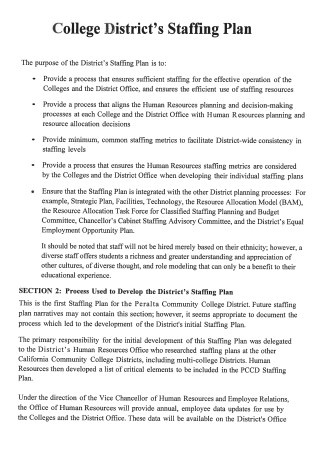
College Staffing Plan
download now -

Work Flow Staffing Plan
download now -

School Board Staffing Plan
download now -

Organizational and Staffing Plans
download now -

Company Staffing Plan
download now -

Implementing Staffing Plan
download now -

Police Staffing Plan
download now -
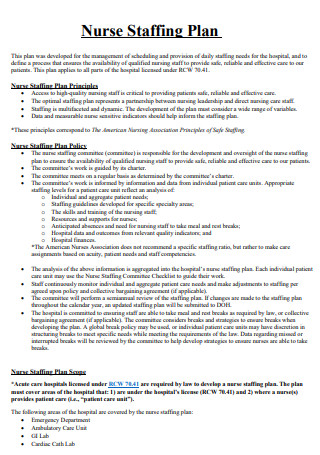
Nurse Staffing Plan
download now -

Contingency Staffing Plan
download now -

Municipal Staffing Plan
download now -

Child Care Centers Staffing Plan
download now -

Control Room Staffing Plan
download now -

Staffing Plan Overview
download now -

Basic Staffing Plan
download now -

Business Staffing Plan
download now -

Assisted Staffing Plan
download now -

Enterprise Staffing Plan
download now -

Budget And Staffing Plan
download now -

Staffing Plan Survey
download now -

Special Education Staffing Plan
download now -

Emergency Contingency Staffing Plan
download now -

Unit-Specific Staffing Plan
download now -

General Staffing Plan
download now -

Facility Staffing Plan
download now -

Monitor Staffing Plan
download now -

Fire Protection Staffing Plan
download now -

Emergency Staffing Plan
download now -

Staffing Analysis And Optimization Plan
download now -

Proposed Staffing Plan
download now -
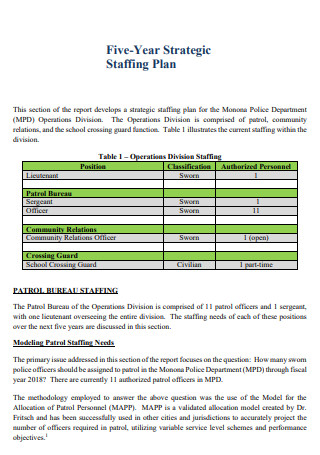
Five-Year Strategic Staffing Plan
download now -

Workforce Staffing Plan
download now -

Adult Care Home Staffing Plan
download now -

Merit Staffing Plan
download now -

Temporary Staffing Plan
download now -

Staffing Planning Process
download now -

Amended Staffing Plan
download now -

Pandemic Emergency Staffing Plan
download now -

Project Staffing Plan
download now -
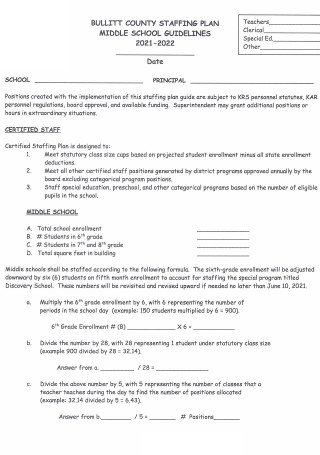
Middle School Staffing Plan
download now -

Lifeguard Staffing Plan
download now -

Preliminary Staffing Plan
download now -

Revised Time-Phased Staffing Plan
download now -

Staffing Considerations for Surge Planning
download now -

Vision-Based Staffing Plans
download now
What Is a Staffing Plan?
A staffing plan is a strategic planning procedure that a company, namely its human resource department, undertakes to assess and identify the needs of its personnel and employees within the organization. The document aims to provide a better understanding of the number and the types of employees the organization requires to accomplish and achieve its organizational goals. Staffing plans identify the work that needs completion, the number of employees the company needs to accomplish work, skills, and experiences necessary to perform the task, and the skill gaps that need filling. Staffing plans also cover the entirety of an organization, from small teams to bigger departments and individual projects. A staffing plan also reduces labor costs while having maximum productivity, eliminates skill gaps through a gap analysis, increases employment opportunities and engagement, increases employee retention while reducing turnover rights, improves customer experiences, and streamlines business growth and development. A clear plan prevents probable problems that cause a delay in company growth and hinder the quality of work performances in producing services and products that result in unhappy customers and decrease business opportunities. Aside from recruiting, hiring, and training employees to give their best in their roles, staffing plans also help with budgeting and financial planning.
According to the American Staffing Association, job and career opportunities from staffing produced over 16 million employees before the pandemic and over 13.6 million during the pandemic. From the numbers, about 73 percent of staffing employees work full time.
Different Staffing Models in an Organization
In talking about functionality in the organization, staff and employees have to fulfill specific roles and responsibilities, making sure not to overlap with other personnel. Many companies strive for business continuity through satisfying the organizational needs and achieving their goal statement, mission statement, and vision statement. An organization implements different staffing models to cater to its needs. The section below talks about the different staffing models and additional information about them.
How To Write a Staffing Plan for an Organization
Developing a staffing plan can easily be broken down into four steps. In these four steps, you need to have access to accurate information, up-to-date data, research analysis, and tools to carry out accurate staffing need assessment and analysis. The section below details the different steps you need to take to write a comprehensive staffing plan for your organization. A well-written staffing plan help calculate staffing needs with efficiency to help the future operations of the business.
-
1. Set and Identify Business Goals and Objectives
If there is no clear plan from the business regarding the vision or mission of the company and the direction it is taking, along with SMART goals, it becomes nearly impossible to guarantee that the company will have optimal staffing and the accurate employee development level to achieve success. It is necessary to work with all areas and departments of a business to develop a clear vision of how a product or service plans to improve lives in five to ten years. When setting goals, stick to using factual information backed by data. Decide on the factors or key performance indicators that you want to measure, then implement an HR analytics process using a software tool that saves time while providing accurate results.
-
2. Determine and Analyze the Current Staffing Management Landscape
After establishing a clear plan for staffing needs, it is necessary to understand the current staffing situation of the company. If the company has a setup of a robust human resources database that details all employee needs, this step is relatively easy to approach. However, if the company stores employee information in multiple locations, the first step to do is to consolidate necessary data into a single source. Work with different departments and managers to guarantee there is an accurate representation of information and complete the human resource database. After completion, you can start assessing the present staffing landscape and write an action plan from the data. Pay attention to essential information, including the total number of staff, staff distribution, employee skills and competencies, low performers, high performers, and age group and tenure. The set of data provides a deeper understanding of the employee landscape and accurately pinpoint staffing needs.
-
3. Forecast the Optimal Staffing Levels in the Future
Once there is a proper assessment of the current staffing environment, the next step is to make staffing predictions or projections for future staffing needs. In writing the staffing needs assessment, consider business goals, possible mergers and acquisitions, business investments, competitors attracting talents, unemployment rate, industry labor costs, economic changes, product launches, special events, and turnover rates. Internal and external factors can easily affect staffing decisions, and the company can make confident and educated guesswork by implementing a trends analysis or ratio analysis.
-
4. Conduct a Gap Analysis
With a solid understanding of present and future staffing needs backed by accurate data, you can compare the two reports and conduct a gap analysis. The analysis takes into account the supply of skills and their availability in the market, helping the organization to decide whether to recruit or upskill personnel to fill the gaps.
FAQs
What are the steps to create a staffing plan?
To make a distinct staffing plan for your company, start with identifying goals, compiling necessary job descriptions, analyzing and reorganizing staffing patterns, listing job requirements while focusing on performance, projecting staffing needs, and examining the workplace culture.
What are the components of strategic staffing?
Strategic staffing consists of workforce planning, sourcing, recruiting, selecting, acquiring, deploying, and retaining talent.
What is a staffing strategy?
Staffing strategy or strategic staffing is a business strategy utilized by the human resources department to guarantee a sufficient number of employees to meet current and future staffing needs to accomplish business goals.
Staffing plans are necessary tools to ensure that business operations continue in the present and future by allocating the right individuals and talent to perform specific tasks and activities. Staffing plans also incorporate possible recommendations to implement in the corporate training programs to propose solutions for skills gaps or develop succession policies to smoothly streamline the turnover of roles and responsibilities following retirements or promotions. Write a comprehensive staffing plan for your organization by downloading and selecting from 47+ SAMPLE Staffing Plans in PDF in the article above. Get yours today, only at Sample.net.
